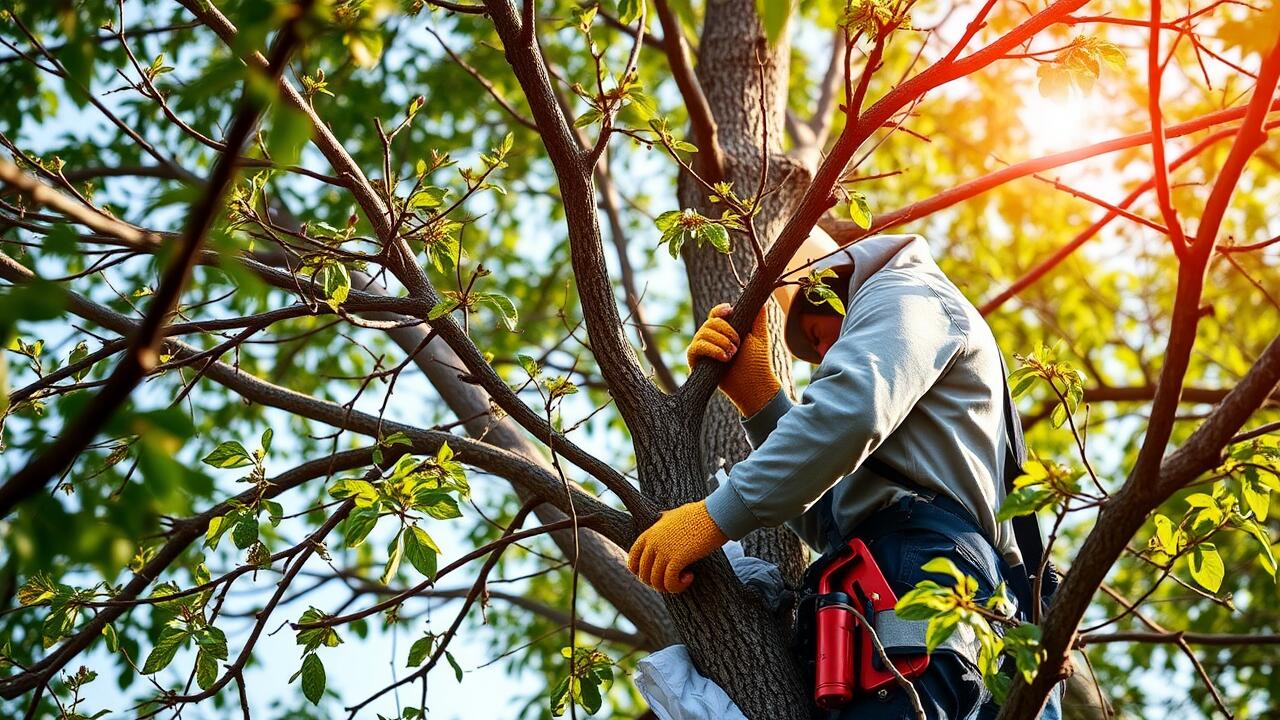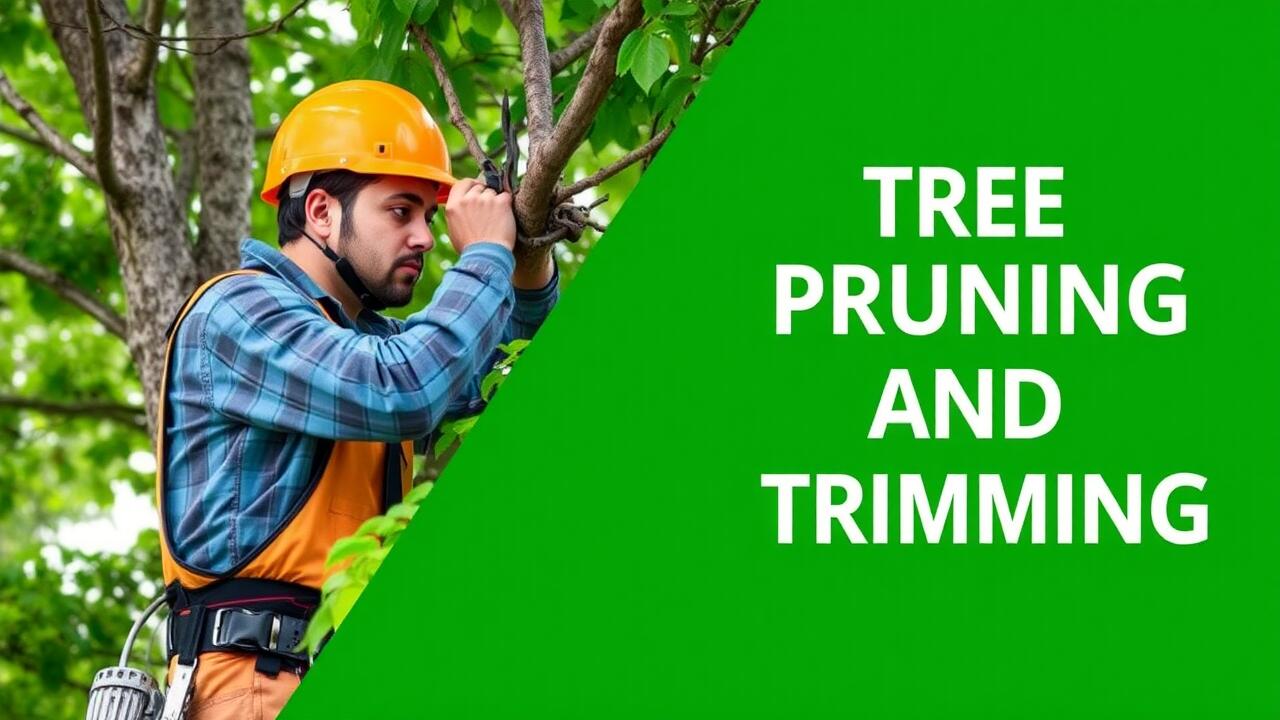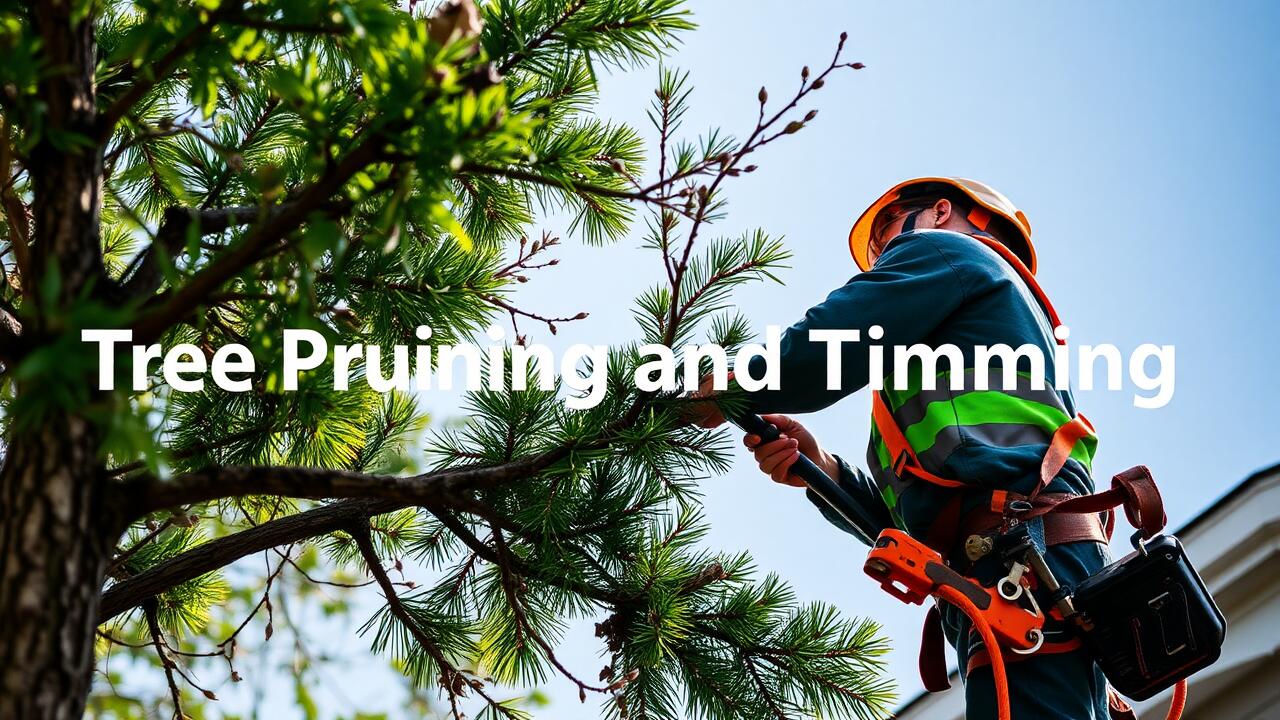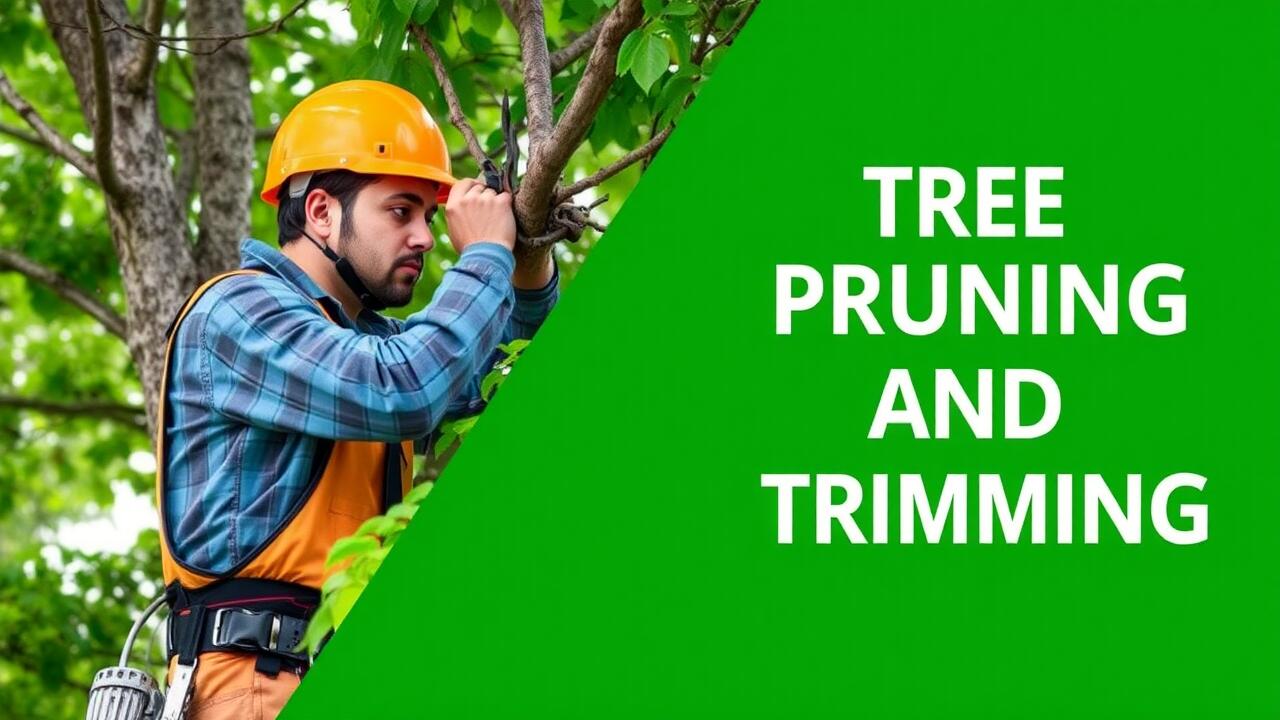
Trimming in Summer
Summer is often regarded as a crucial time for tree pruning and trimming. During this season, trees are in full leaf, making it easier to assess their health and structure. Trimming can help reduce overcrowding, promoting better air circulation and sunlight penetration. This is particularly important for younger trees, allowing them to develop a strong framework and preventing potential issues later on. Additionally, removing dead or damaged limbs during the summer can enhance the tree's overall vitality.
In Cabbagetown, Atlanta, homeowners should consider the unique climate when planning tree maintenance. The warm summer months can lead to increased pest activity, making timely intervention even more critical. Tree pruning and trimming in Cabbagetown can help manage these pests, reducing their population before they become a more significant problem. By keeping trees well-maintained, property owners not only foster a healthier environment for the trees but can also enhance the aesthetic appeal of their gardens and yards.
Managing Overgrowth and Pests
Regular tree trimming during the summer months plays a crucial role in managing overgrowth and controlling pests. Trees that grow too densely can become inviting habitats for various insects and diseases. By strategically removing excess branches and thinning canopies, homeowners can improve airflow and sunlight penetration, which reduces moisture retention. This practice not only promotes healthier growth but also makes trees less susceptible to pest infestation.
In regions like Virginia Highland, Atlanta, proper timing for tree pruning becomes even more essential due to the warm climate. Summer trimming can effectively address specific issues such as overcrowded branches that lead to competition for nutrients. Enhanced light and air circulation also foster a healthier environment for trees, allowing them to better fend off pests and diseases. Implementing a regular schedule for tree pruning and trimming helps maintain the vitality of trees while safeguarding their overall health.
Trimming in Fall
Fall is an ideal time for tree trimming as it allows trees to enter winter in a healthier state. During this season, many trees begin to shed their leaves, making it easier to identify dead or unhealthy branches that need removal. Adjustments made in the fall promote better air circulation and reduce the risk of diseases that can thrive in stagnant conditions. Homeowners can focus on maintaining the structure of their trees, ensuring that they are not overly dense and can withstand winter weather.
In regions like Virginia Highland, Atlanta, local conditions further influence the timing and techniques of tree trimming. The mild fall temperatures provide a comfortable environment for both the tree and the homeowner. Removing branches during this period can also encourage new growth in spring, setting the stage for a flourishing tree. Tree Pruning and Trimming in Virginia Highland, Atlanta, can create a balance between aesthetics and health, keeping the trees looking their best while preparing them for seasonal challenges.
Preparing Trees for Winter Resilience
Preparing trees for winter resilience involves strategic pruning and trimming to promote health and stability. During the fall months, it is essential to assess the structure of trees and remove any weak or diseased branches. This practice prevents snow and ice accumulation that could cause breakage, minimizing the risk of injury to the tree during harsh weather conditions. Healthy trees are better equipped to withstand the stresses of winter, making careful pruning a critical step in their seasonal preparation.
Tree Pruning and Trimming in Midtown, Atlanta, can significantly enhance the resilience of local tree species against winter challenges. While the general rules for pruning apply, considerations specific to the regional climate are paramount. Trees in Atlanta's milder winters may require less rigorous trimming compared to those in harsher Northern climates. Understanding the specific needs of tree types in Midtown allows for tailored care that strengthens them against extreme weather, ensuring they thrive come spring.
Regional Variations
Regional variations play a significant role in determining the optimal times for tree trimming. Different climates and geographical features affect tree health and growth patterns. In areas with distinct seasonal shifts, like East Atlanta Village, Atlanta, trees may require different care throughout the year. Local weather conditions influence not only the timing of pruning but also the specific species that thrive in particular regions. Homeowners need to understand their local environment to make informed decisions.
In addition to climate, the types of trees present in a region can dictate the appropriate timing for tree trimming. Certain species might experience growth spurts at different times of the year. For instance, deciduous trees typically benefit from trimming in late winter or early spring, while evergreen trees may require maintenance during the summer months. Those in East Atlanta Village should consider consulting local experts to determine the best practices for Tree Pruning and Trimming in East Atlanta Village, Atlanta, ensuring they align with the unique demands of their landscape.
Differences in Climate and Tree Types
Tree species have varying responses to climate conditions, which impacts the timing and methods suitable for pruning and trimming. In warmer regions, early spring can be an ideal time for tree maintenance, allowing trees to recover quickly before the growing season begins. Conversely, in areas with harsher winters, late winter or early spring may be the most effective time to prepare trees for the challenges ahead.
In urban settings like Old Fourth Ward, Atlanta, local climate conditions further influence the best practices for tree care. Trees in this area experience distinct seasonal cycles, which can affect growth patterns and susceptibility to diseases or pests. Engaging in Tree Pruning and Trimming in Old Fourth Ward, Atlanta becomes essential to adapt to these local factors and maintain tree health throughout the year. Working with knowledgeable professionals helps ensure that the specific needs of each tree species are met, considering their unique growth habits and the local environment.
FAQS
When is the best time to trim trees?
The best time to trim trees generally depends on the type of tree and the specific goals of trimming. However, summer and fall are commonly recommended months for tree trimming.
Why is summer a good time for tree trimming?
Summer is an effective time for trimming because it allows for the management of overgrowth and pests. Trimming during this season can help improve air circulation and sunlight penetration, promoting overall tree health.
How does trimming in fall benefit trees?
Trimming in fall helps prepare trees for winter resilience. It can reduce the risk of damage from heavy snow and ice by removing weak or dead branches, ensuring the tree can endure harsh winter conditions.
Are there any regional variations in the best months for tree trimming?
Yes, there are regional variations in the best months for tree trimming. Factors such as climate, local weather patterns, and specific tree types can influence the optimal timing for trimming.
Can I trim my trees in winter?
While winter is generally not recommended for most tree trimming due to the stress it can cause, some trees may benefit from winter pruning. It's best to consult with a local arborist to determine if winter trimming is suitable for your specific trees.



